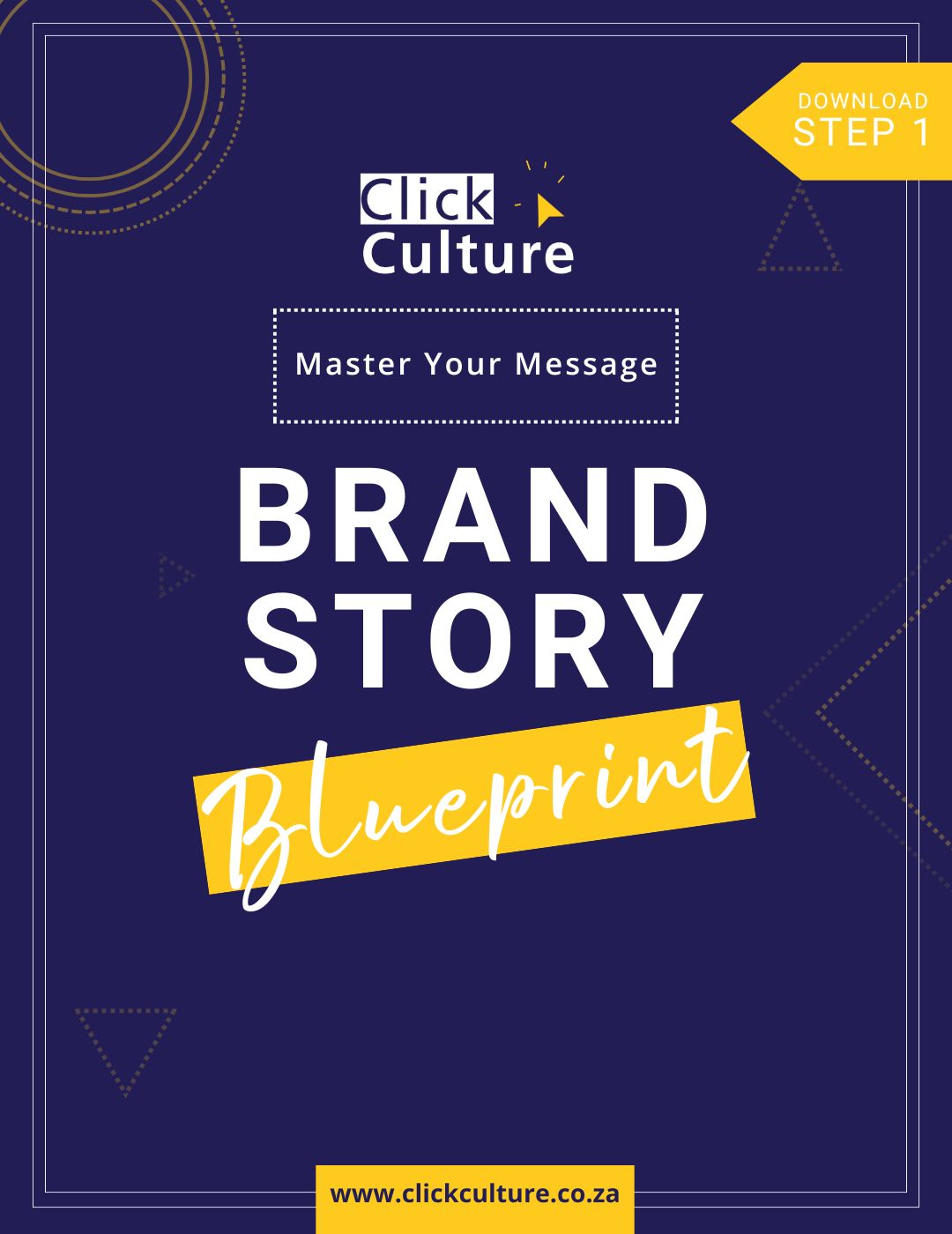We’ve all been there: you pour your heart (and budget) into a new product. The research, design, and marketing are all aligned. You launch, waiting for interest to flood in, only to be greeted by… crickets. Silence.
Even the most innovative companies, like Amazon, Shopify, and Tesla, know that the real key to a successful launch is making sure the market is ready. Let’s look at the smart strategies used by these brands to validate market demand before going all in.
Here are three tried-and-true techniques these companies have used to make sure their products don’t just survive—they thrive.
Technique #1: The Sean Ellis Test (A Reality Check)
How it works:
- Survey Early Users: Ask your most engaged users, “How disappointed would you be if you could no longer use this product?”
- Categorise Responses: Sean Ellis says if at least 40% of your users would be “very disappointed,” you’ve found product-market fit.
- Refine and Improve: If you don’t hit 40%, take the feedback and tweak your product. It’s better to improve now than launch to crickets.
How brands have used it: Companies like Dropbox and Superhuman didn’t assume they had a hit—they asked. This test improved Superhuman’s score from 33% to 58% in just nine months.
Technique #2: The Waitlist Model (A Hype Machine)
How it works:
- Create a Waitlist: Build anticipation by creating a waitlist. Make it feel exclusive.
- Promote It: Use social media, email campaigns, and FOMO to excite people.
- Analyze Demand: The more names on the list, the clearer the demand. When you launch, you’ll already have an eager audience.
How brands have used it: Elon Musk collected over $100 million in interest-free deposits for the Tesla Model 3 using a waitlist. Amazon also used this method to launch the Echo, generating demand before full-scale production. By 2019, they had sold over 100 million Alexa-enabled devices.
Technique #3: Shopify’s Freemium Model (Let Them Try Before They Buy)
How it works:
- Offer a Free or Low-Cost Tier: Shopify’s freemium model lets users try the platform without commitment.
- Offer Free Trials: Shopify monitors user behaviour during the trial to gauge interest and conversion potential.
- Let the Product Lead: Shopify’s easy-to-use platform encourages users to upgrade as their business grows, validating demand for advanced features.
How brands have used it: Shopify’s freemium model has helped grow its user base by letting users experience the platform before committing. Once they see its value, they convert into paying customers.
These techniques—the Sean Ellis Test, Waitlist, and Freemium Model—are proven methods used by some of the world’s most successful brands to validate demand. Skip the guesswork. Validate your market demand before you go big.
Roxzanne van Eyk is a content strategist, premium ghostwriter, brand builder and founder of Click Culture. The company specialises in retail, franchise and customer service brands. Follow her on Twitter, LinkedIn or join us on Facebook.



